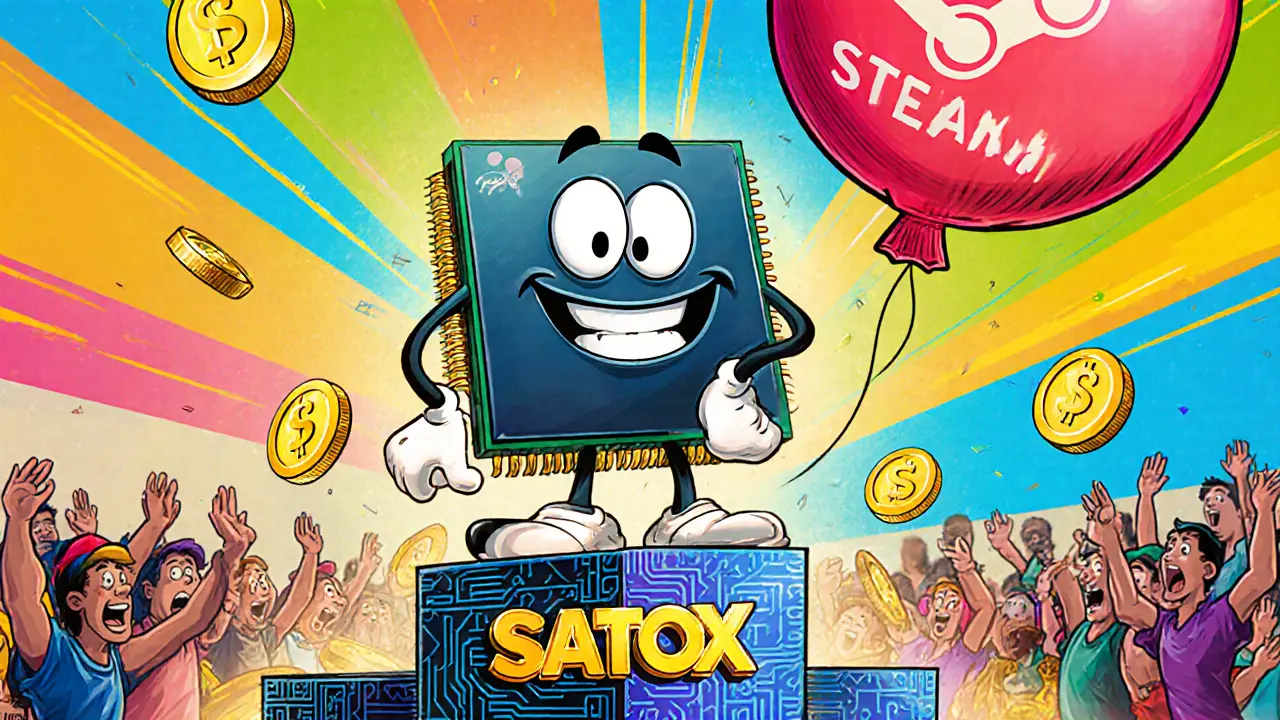KawPoW: A Deep Dive into the GPU‑Friendly PoW Algorithm
When working with KawPoW, a memory‑hard, GPU‑optimized proof‑of‑work algorithm designed to keep mining accessible and resist ASIC domination. Also known as KawPow, it blends fast hashing with large dataset requirements so that typical graphics cards stay competitive.
Why KawPoW matters for miners and developers
Proof‑of‑Work, the consensus model that requires miners to solve cryptographic puzzles is the backbone of many blockchains. KawPoW encompasses a specific set of puzzle rules that favor GPU mining, using graphics processing units to perform the hash calculations. This relationship means anyone with a decent video card can join the network without buying expensive ASIC rigs. At the same time, the algorithm’s ASIC resistance, design features that make specialized hardware less efficient than general‑purpose GPUs influences hardware markets: miners keep an eye on memory size and bandwidth rather than raw hash rates. The result is a healthier decentralization curve where more participants can secure the chain.
Beyond the core tech, KawPoW connects to broader hash‑algorithm trends. It shares ideas with other memory‑hard algorithms like Equihash and RandomX, yet it trims the computational overhead to stay fast on modern GPUs. Developers appreciate that the algorithm’s parameters are easy to tweak, allowing forks to adjust difficulty or dataset size without a hard fork. For investors, the algorithm signals a coin’s stance on mining equity—projects that adopt KawPoW tend to attract a community that values open participation over industrial mining monopolies. Below you’ll find articles that unpack KawPoW’s security profile, compare it with rival algorithms, and show how miners can set up efficient rigs. Dive into the collection to see practical guides, performance benchmarks, and the latest news on networks that run KawPoW.

